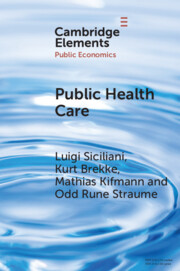The aim of this study was to describe how the detection of protozoan and helminth parasites has been affected by the introduction of polymerase chain reaction (PCR) and changes in test algorithms. We extracted data about faecal samples tested for parasites (n = 114839) at five Norwegian clinical microbiology laboratories. Samples were classified into prePCR or postPCR depending on whether they were submitted before or after the introduction of PCR, and into diagnostic episodes (n = 99320). The number of diagnostic episodes increased 3.7-fold from prePCR to postPCR. Giardia positive episodes doubled, the positivity rate decreased from 2.0% to 1.3%. Cryptosporidium was hardly detected prePCR and increased to a positivity rate of 1.2%. Entamoeba histolytica was rarely found. Episodes examined for helminths decreased 51%, the number of positive episodes decreased 34%. Samples from immigrants were more likely to be positive for Giardia, E. histolytica, or helminths and less likely to be Cryptosporidium positive. During the COVID-19 pandemic, the number of Giardia and helminth-positive episodes decreased. Cryptosporidium-positive episodes remained unchanged. The implementation of multiplex PCR for protozoa led to a doubling of Giardia cases and a better test for Cryptosporidium. Fewer microscopy examinations raise concerns that helminth infections may be overlooked.
